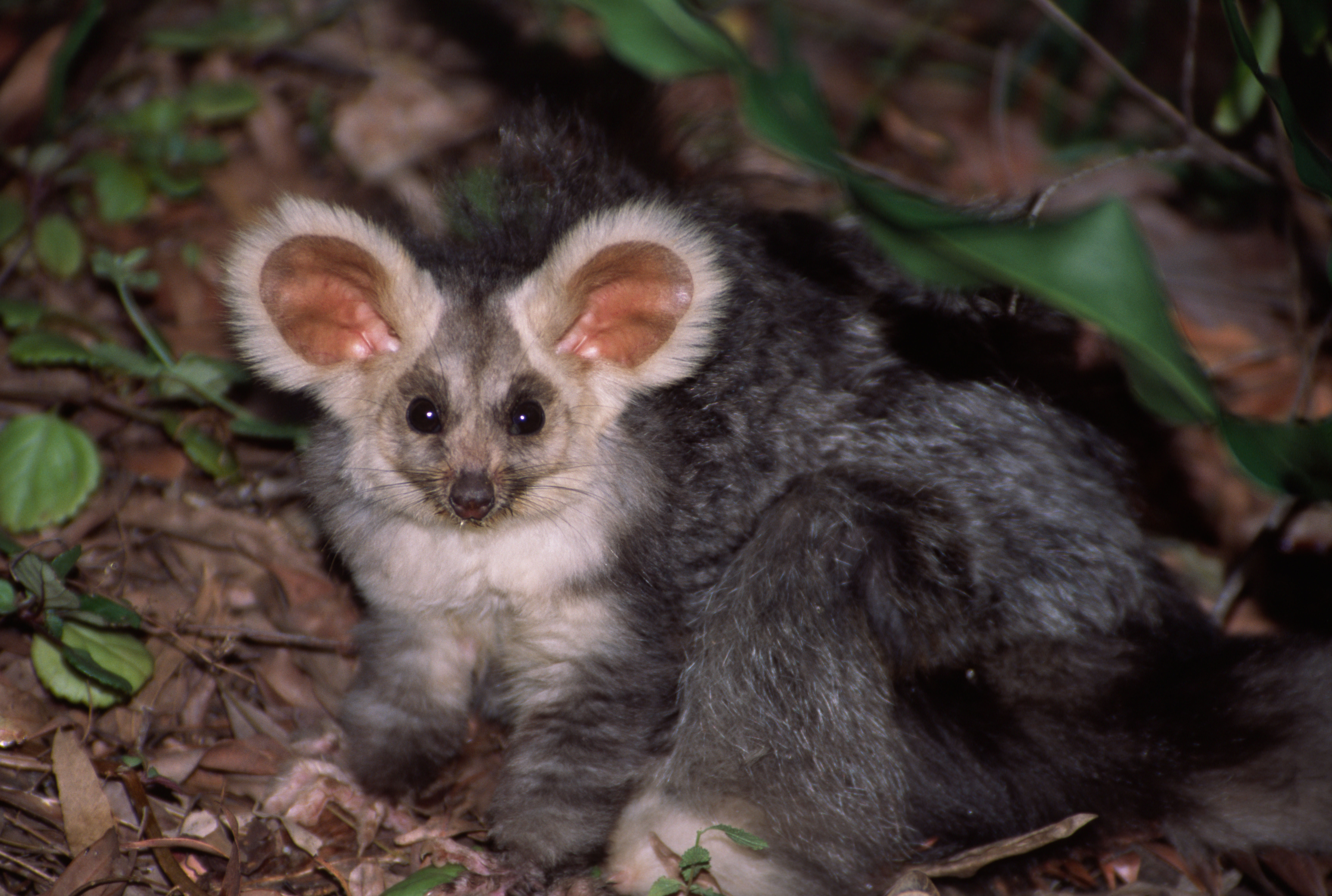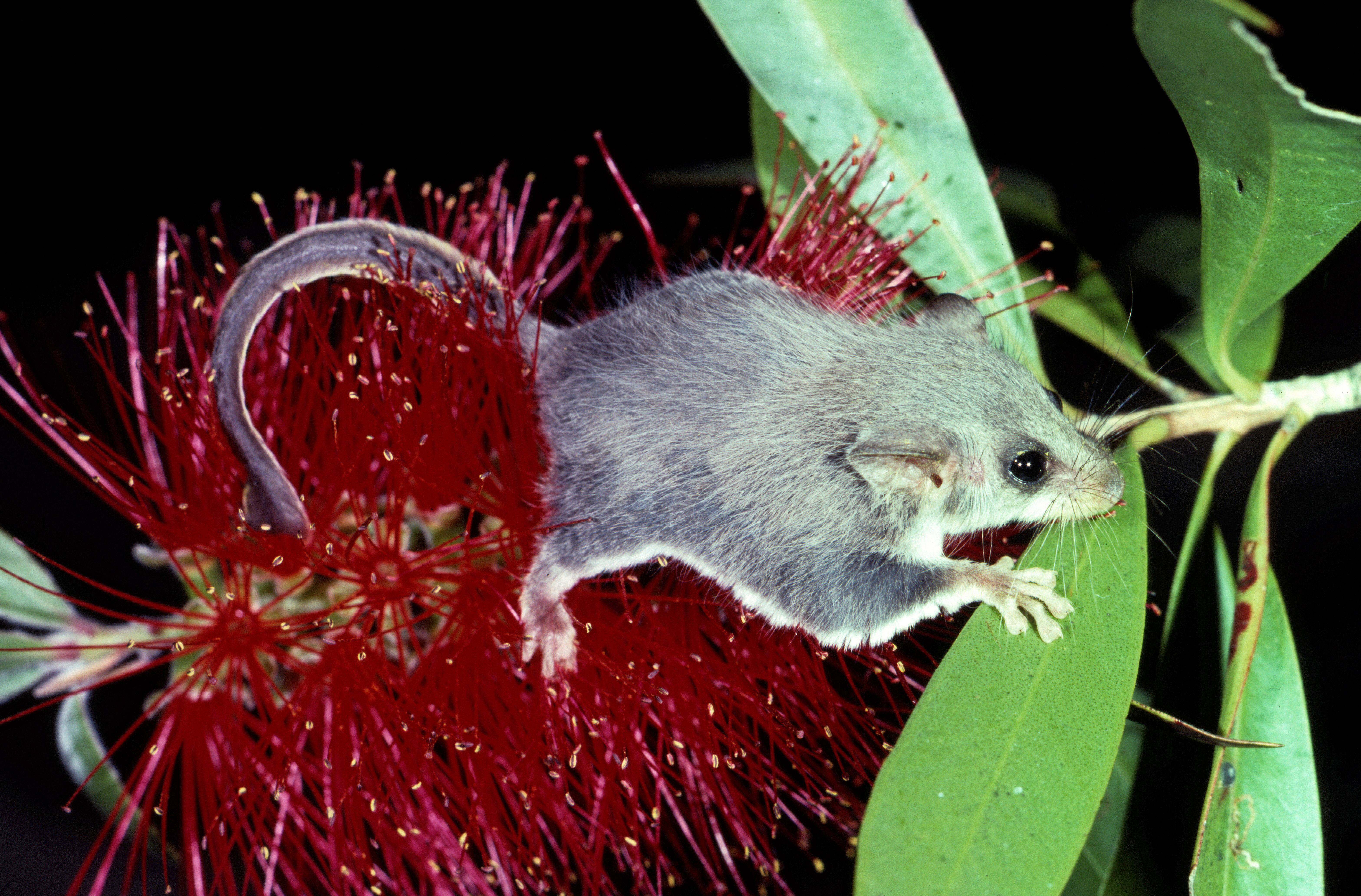Glider is a type of possum that lives in forests in New Guinea and northern and eastern Australia. Gliders can glide through the air from branch to branch or from tree to tree. A fold of furry skin connects the front and rear legs on each side of the animal’s body. When the glider extends its legs, the skin serves as “wings” for gliding. The animal’s long tail helps steer during the glide. A glider’s fur is grayish on the back and gray, orange, yellow, creamy white, or white on the belly. Gliders are also called gliding possums.


Gliders are marsupials. Female marsupials bear tiny, poorly developed young. Most gliders give birth to one or two young. The young are carried in a pouch on the mother’s belly until they develop more fully. Gliders eat mainly leaves, blossoms, and sap. They nest in the hollows of trees and are active mainly at night.
The largest glider, the greater glider, may weigh as much as 33/4 pounds (1.7 kilograms) and travel as far as 350 feet (105 meters) in one glide. The smallest glider, the feather-tail glider, weighs as little as 1/3 ounce (10 grams). It glides as far as 65 feet (20 meters).
